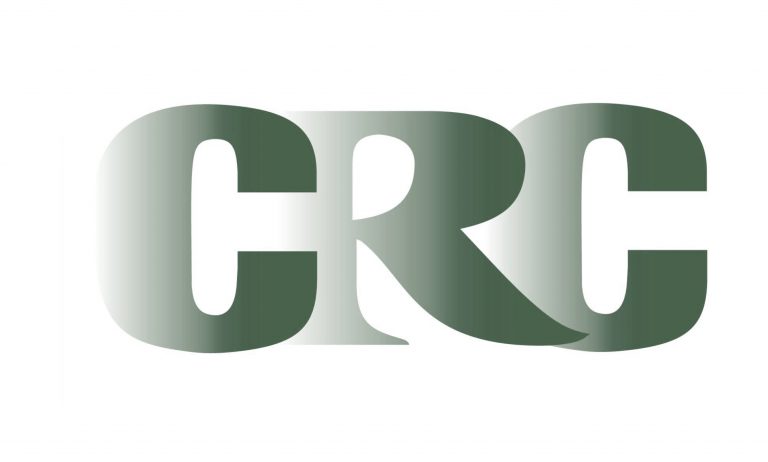Inflation Reaches Four-Decade High
Consumer prices increased 8.5% in the 12-month period ending March 2022. According to BLS, this is the largest increase seen since December 1981.
Nearly everything is more expensive. The cost of food at home increased 10%, while energy costs increased 32%. Many people are seeing these increases in real life when they go to the grocery store or gas station.
Wages are also increasing, but not fast enough to keep up with inflation. According to Fortune, average wages increased 4.5% in 2021, but wages would have had to increased 6% to keep up with inflation.
People Are Pinching Pennies
Many people are worried about rising costs and how it will impact their personal finances. According to a CNBC + Acorns Invest in You survey, 76% of respondents say they are either very worried or somewhat worried that they will need to rethink their financial choices in the coming months. Some people have already been making changes: 53% says they’ve cut back on dining out, 39% say they’ve cut back on driving and 35% say they’ve canceled a monthly subscription.
When people are pinching pennies and stressed about paying for their own family’s basic necessities, they might be less inclined to donate to charity. This could result in a reduced funding for nonprofits that depend on donations. And that’s not the only threat …
Nonprofit Dollars Don’t Go as Far
The problem isn’t just that some people might stop donating to charity. It’s also that many people probably won’t donate more. Afterall, they’re trying to balance their own budgets. Even if they understand that charitable giving is important and decide not to cut their donations, they might not be willing to increase their donations right now.
Because of inflation, this means that nonprofits are effectively receiving less funding.
Let’s say a donor gives $500 every year. The nonprofit puts these funds toward essential costs – things like supply expenses as well as the labor costs needed to provide services and run the organization. Unfortunately, because of inflation, all of these costs have gotten higher. The $500 donation simply doesn’t go as far as it used to.
If donations stay the same, inflation decreases the spending value of those donations. That’s a big problem right now because nonprofit services are in high demand.
More People Are in Need
Increased demand is good for for-profit businesses. However, rising demand can strain nonprofits, and the rising demand happening now may compound the problems caused by inflation.
According to the USDA, 13.6% of households with children experienced food insecurity in 2019. In 2020, during the pandemic, this rose to 14.8%. Inflation could make matters worse. Housing insecurity is also a rising problem. According to Consumer Financial Protection Bureau, the number of households that have fallen at least three months behind on their mortgage increased 250% in 2020, while more than 8 million rental households are behind on rent.
Mental health is also suffering. The World Health Organization says that there has been a 13% rise in mental health conditions and substance abuse disorders in the last decade, and around 20% of children and adolescents have a mental health condition.
Many nonprofits help with food insecurity, housing insecurity, social services and other essential needs that tend to increase when people are struggling financially. People need these services now, but funding critical services may be more challenging.
Finding New Strategies
The demand for charitable services is great right now, so nonprofits need to find new strategies to meet their philanthropic goals. This might involve finding new ways to fundraise or applying for additional grants. It may also involve finding ways to cut overhead costs without cutting the services provided.
Workers’ compensation is one key area where nonprofits may be able to save. Many organizations are overpaying for their workers’ compensation premiums without even realizing it. This can happen because of common errors that sneak their way into the complex multi-party system used to calculate rates.
An audit of your premium costs can help you recover overpayments. One nonprofit recovered $183,000 in workers’ compensations that occurred over 12 years as a result of payroll errors, claim valuation errors and mod calculation errors.
Are you struggling with inflation’s impact on philanthropic purpose? Our audits are done on a contingency-fee basis, so you don’t pay anything unless we recover money for you. If some extra savings would help your nonprofit right now, contact us to learn more.


Recent Comments